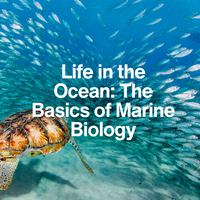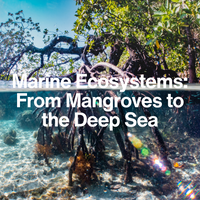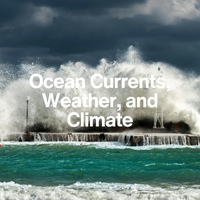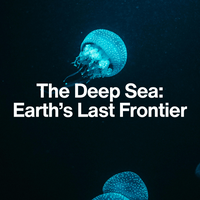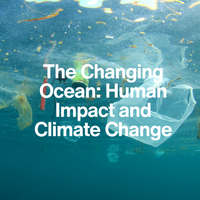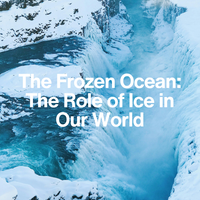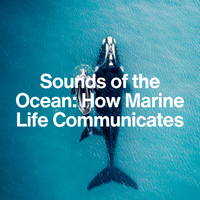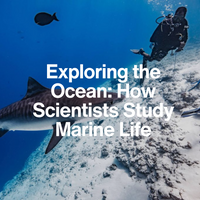LESSON 5
Could There Be Life on Other Planets Like in the Deep Sea?

Introduction:
From Deep Oceans to Distant Worlds
The deep ocean is a realm of mystery, darkness, and extremes—yet it teems with life. What's even more exciting? It might be Earth’s best clue to discovering life beyond our planet. In this lesson, we’ll dive into how the deep sea helps scientists search for extraterrestrial life and why some of the most alien-like creatures may already live on Earth.
1. The Deep Sea: Earth’s Alien World
The deep ocean is one of the most extreme environments on our planet. It's completely dark, freezing cold, and under crushing pressure—yet organisms like giant tube worms, amphipods, and bioluminescent fish thrive there.
These extreme conditions are surprisingly similar to what scientists believe exist on other moons and planets, especially those with subsurface oceans hidden beneath thick layers of ice.
The ocean floor—especially around hydrothermal vents—is now seen as the best Earth-based analog for exploring potential life on places like Jupiter’s moon Europa (as seen in photograph) and Saturn’s moon Enceladus.
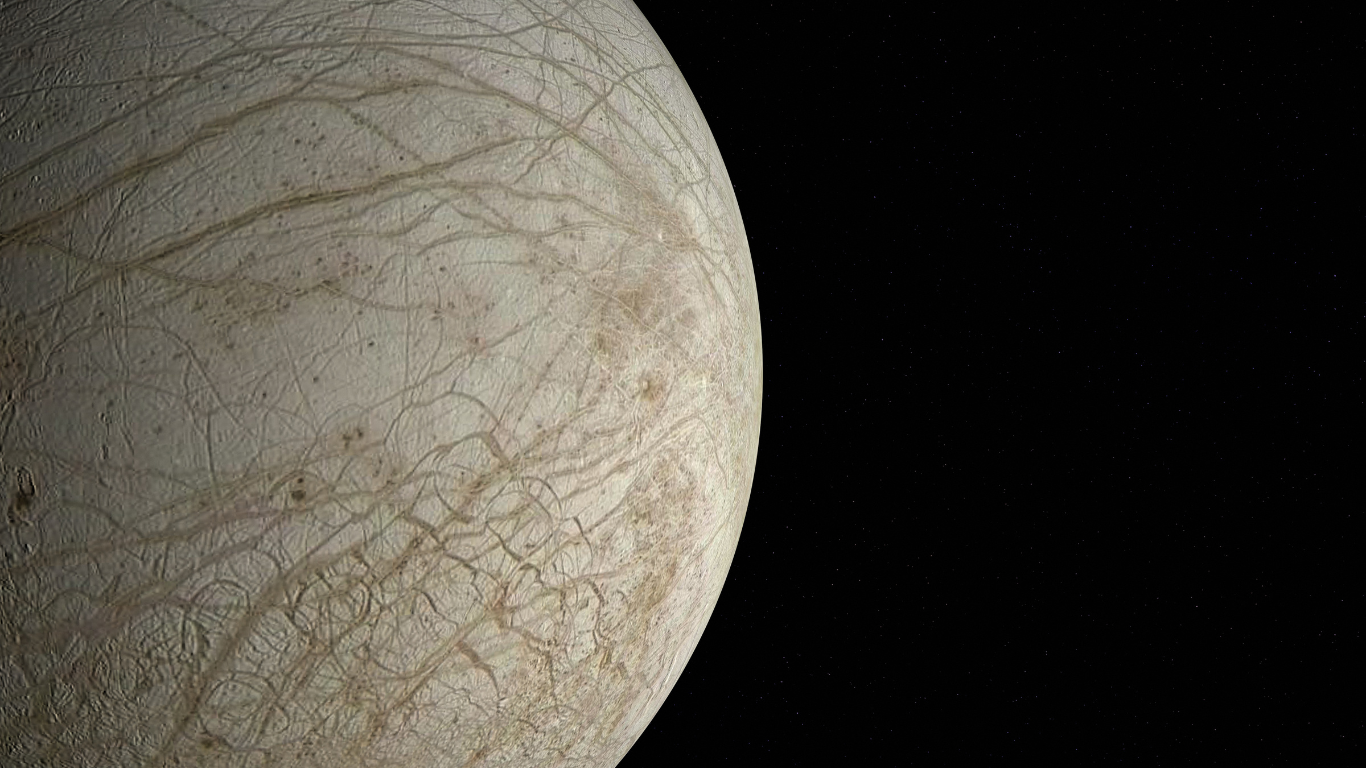
Did you know?
More humans have walked on the Moon than have visited the deepest parts of the ocean!
2. Life Without Sunlight: The Power of Chemosynthesis
Unlike most life on Earth, which depends on sunlight, deep-sea ecosystems near hydrothermal vents survive through chemosynthesis. Here, bacteria convert toxic chemicals like hydrogen sulfide into energy—without any light at all.
These bacteria form the base of the food chain and live inside animals like giant tube worms and vent clams, providing them with nutrition. Some vent shrimp even have light-sensitive patches on their backs to detect the faint glow of vents.
This shows that life doesn’t need sunlight to exist—a key insight when searching for life on dark, icy moons or deep underground planets.
Some scientists believe chemosynthetic life could exist beneath the surface of Mars, where ancient hot springs might have once existed.
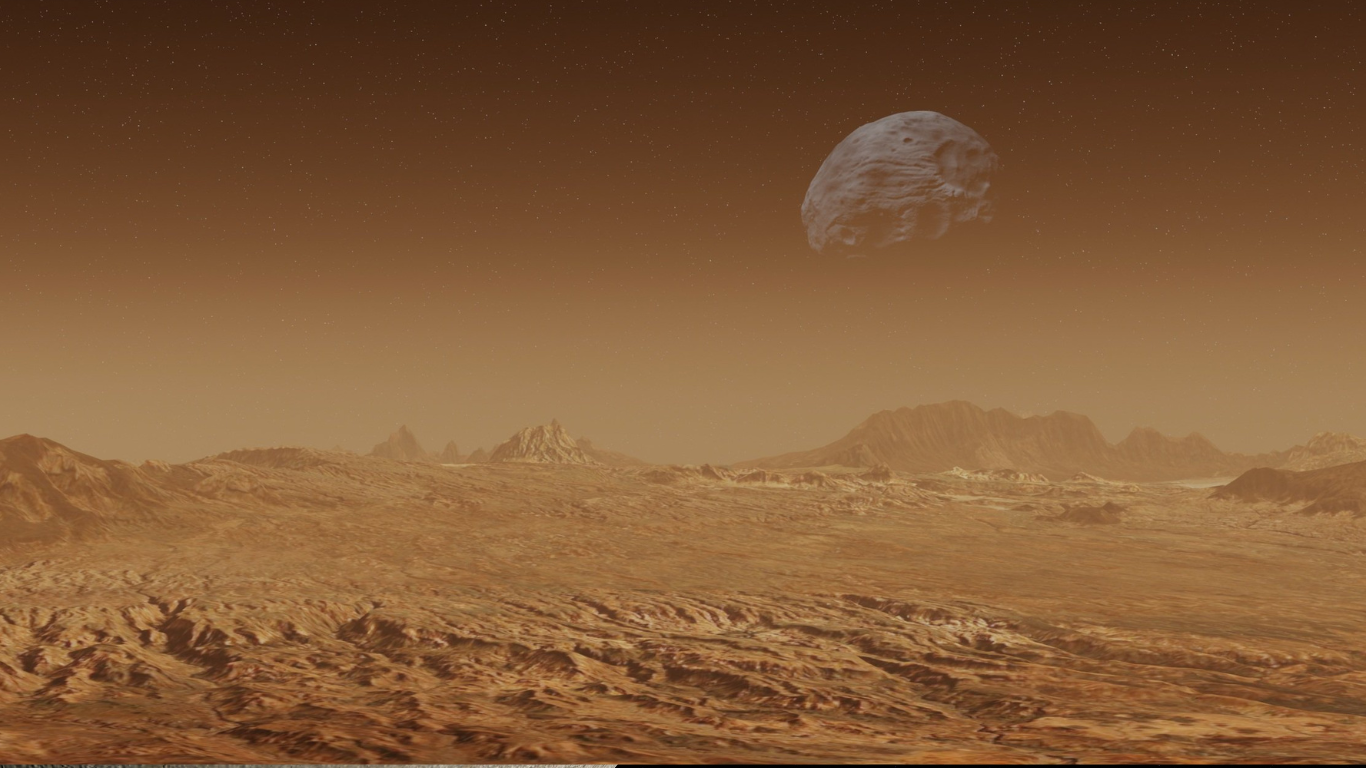
Fun Fact
Giant tube worms can grow over 2 metres long and have no mouth or stomach—their survival depends entirely on bacteria living inside them!
3. Europa, Enceladus & Alien Oceans
Scientists are especially interested in Europa and Enceladus—moons with thick icy crusts but signs of liquid oceans beneath. Tidal forces from their parent planets keep the interiors warm, and water vapor geysers have even been spotted erupting from Enceladus.
Could these oceans host hydrothermal vents, just like those on Earth’s seafloor? If so, they might also support simple microbial life—or even more complex creatures.
NASA’s Europa Clipper mission is launching soon to investigate Europa’s habitability. It will fly by the moon 50+ times!
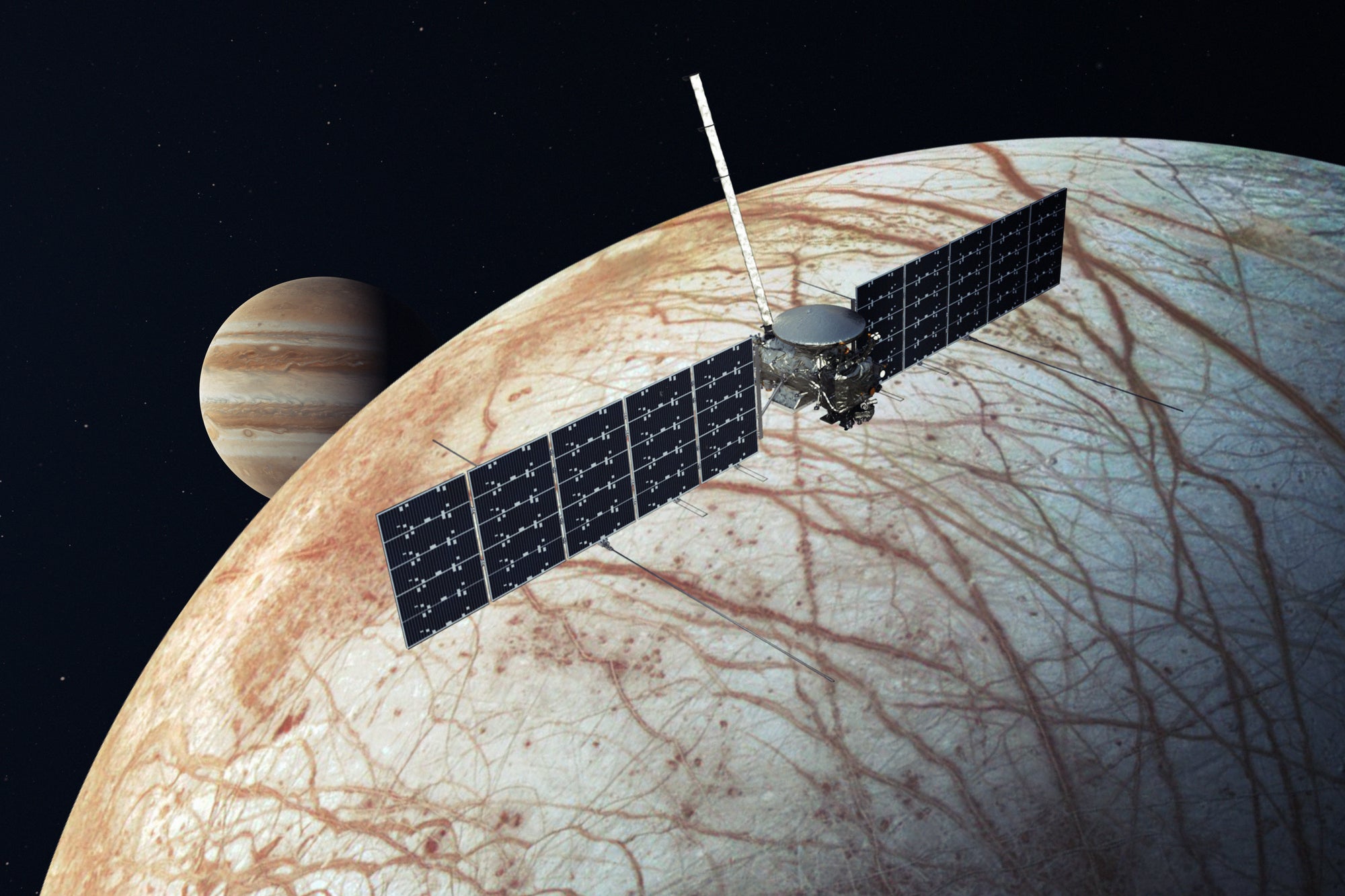
Fun Fact
Enceladus’s geysers shoot water 100s of kilometres into space—some particles end up in Saturn’s rings!
4. Robots That Dive: Preparing for Space
To prepare for space exploration, scientists test high-tech robots and submersibles in Earth’s oceans. Deep-sea environments help engineers design machines that can operate in icy, high-pressure, and dark alien conditions.
For example:
- BRUIE (Buoyant Rover for Under-Ice Exploration) is tested under sea ice in Antarctica—just like the ice expected on Europa.
- AUVs (Autonomous Underwater Vehicles) and ROVs (Remotely Operated Vehicles) are used to study deep vents and terrain that mimic alien seascapes.
These robotic missions give us insight into how to search for life beyond Earth.
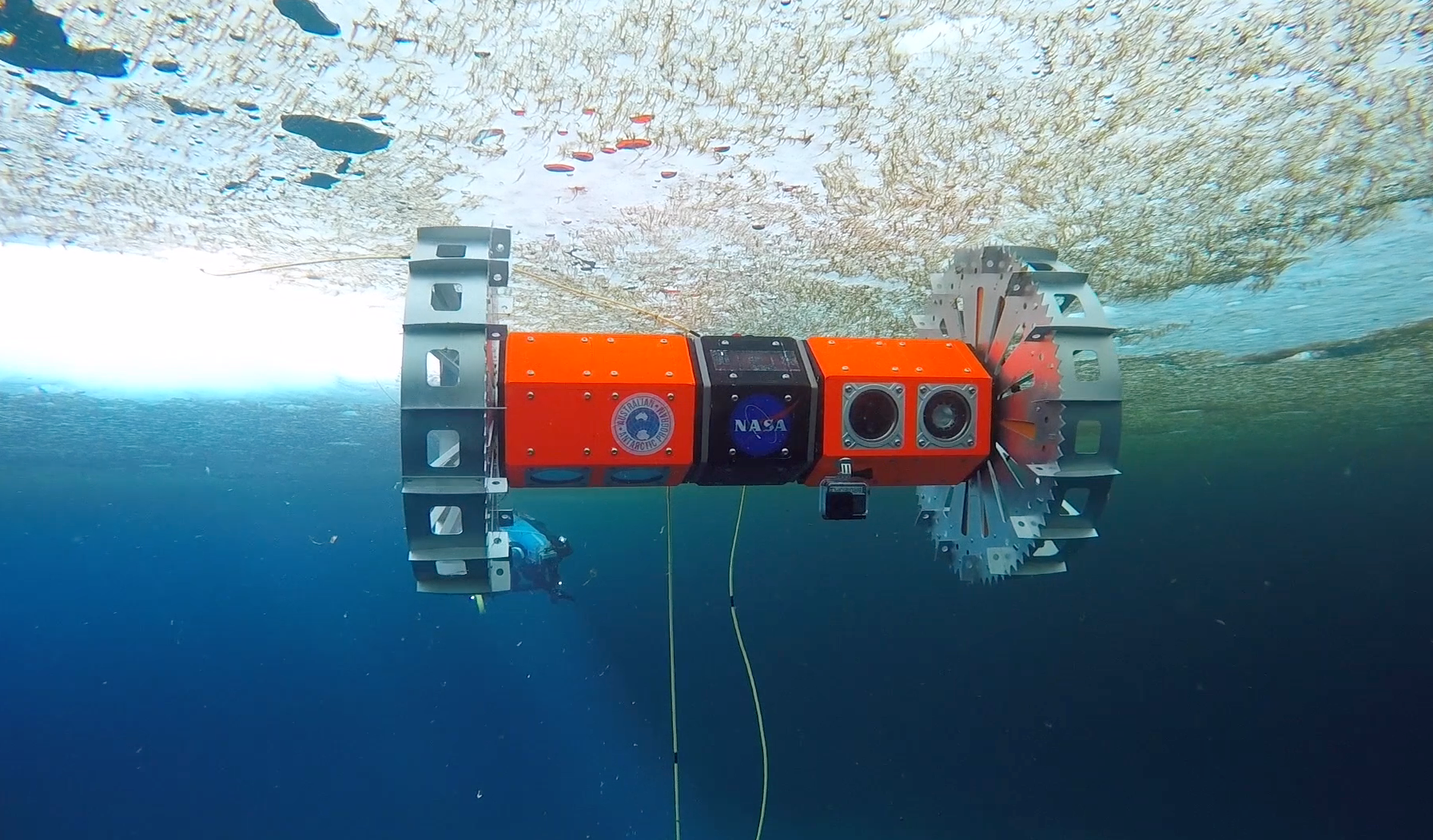
Did you know?
NASA has used hydrothermal vent sites in the Pacific as practice zones for future outer space missions.
5. What Might Alien Life Look Like?
If alien life does exist, it probably won't look like green Martians. It may be more like deep-sea life:
Understanding how deep-sea creatures adapt to their harsh environments gives scientists a blueprint for what alien organisms might look like—and where to find them.
Fun Fact
The alien species in movies like The Abyss and Arrival were directly inspired by deep-sea animals like comb jellies and squids!
Conclusion
From the Abyss to the Stars
The mysteries of our own ocean hold the key to one of humanity’s biggest questions: Are we alone? By exploring the deep sea, scientists learn how life survives in extreme places and how to search for it on distant worlds. In many ways, the deep ocean is our training ground for the cosmos. The more we learn down here, the better we can reach out—way out—into the stars.
Key Takeaways:
Earth's deep sea is a powerful model for extreme alien environments like those on Europa and Enceladus.
Life can exist without sunlight, using chemosynthesis—an energy process that may also occur on other planets.
NASA and other agencies use deep-sea robots and submersibles to simulate alien exploration.
Alien life, if it exists, could resemble Earth’s deep-sea microbes more than anything we’ve imagined.
NEXT LESSON
What Is Climate Change Doing to the Ocean?
As Earth's atmosphere heats up, our oceans absorb most of that extra energy—changing their chemistry, raising sea levels, and affecting the creatures that call them home. In Lesson 1 of our new series, we dive into how climate change is reshaping the ocean from the surface to the deep—and why it matters to all life on Earth.



